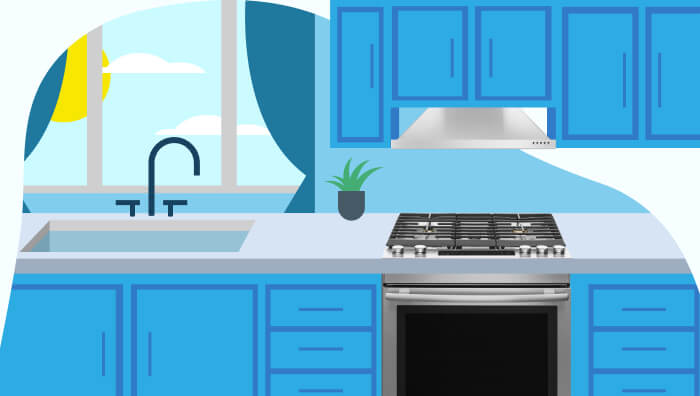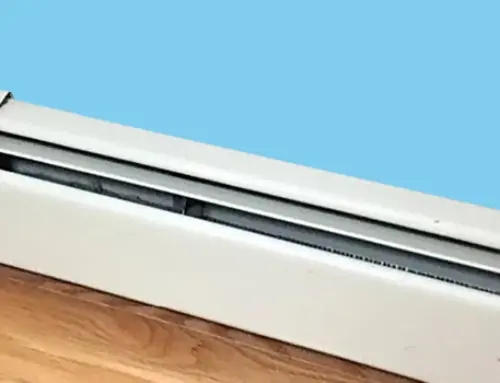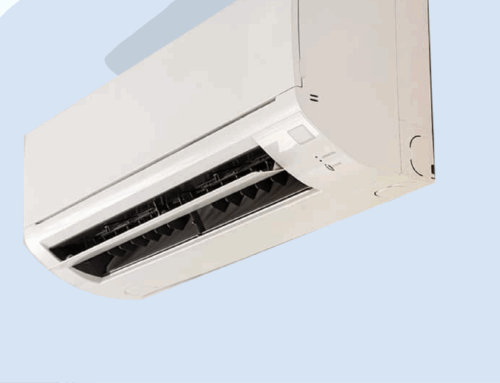Why Is My Gas Bill So High? A Guide to Rates and Usage
by Tyler Castle
6.6 min read

If you’ve noticed that your gas bill has been in a constant state of flux over the past few years, you aren’t alone. With the exception of the 2022–23 winter, gas prices across the United States have steadily been on the rise since 2020.
But why — what’s responsible for these increases? The answer to this question is multifaceted, with several contributing factors spurring on the upward trend. To take the first step toward lowering your gas bill, it’s important to understand each of these contributors and the impact they have on the balance on your monthly statement.
The cost of natural gas: How it’s priced
First, let’s take a look at how natural gas is priced. The rate consumers pay for gas is dictated by a combination of the following factors:
- The laws of supply and demand. On the supply side, conditions such as production amounts, the total amount of gas in storage reserves, and import and export volumes determine scarcity. When gas supplies are plentiful, prices will decrease; when a shortage exists, prices go up.
Demand also plays a part in determining rates. Winter and summer weather conditions, economic growth, and the price of alternative fuel types all have an impact on both the overall number of natural gas customers and how much they use. When prices are low, demand tends to be lower as well; when demand spikes, so do the rates.
- Household usage. Since natural gas bills are calculated according to how much (or how little) gas a household uses within a set time period, the amount customers use has a direct impact on the final bill. In other words, the greater the use, the higher the bill.
How much is the average gas bill?
At a national level, Americans spent an average of $761 per year on natural gas in 2021 (the most recent year with available data). However, as this figure is representative of the country in its entirety, the amount you’ll pay for gas may be higher or lower depending on certain factors — namely:
Your location
Where you live can make a significant difference in the price you’ll pay for natural gas. If your state is prone to extreme temperatures or has a higher cost of living, you can expect a higher monthly gas bill than someone living in an area with more temperate weather and lower living costs.
Changing Seasons
Changes in the seasons — such as the transition into winter and the lower temperatures that come with it — have a direct impact on how high your gas bill gets. During cold snaps, heating appliances that run on natural gas (such as furnaces and water heaters) are called upon to work overtime, leading to higher usage rates.
Individual usage
Beyond the general spike in usage that comes with changing temperatures, personal preference can influence your gas bill. For example, if you choose to keep the winter temperature in your home at a cool 60 degrees (or use an alternative heating system, such as a heat pump), you’ll pay less than your neighbor who prefers to set their thermostat to 70 degrees instead.
What causes a high gas bill?
Now that you know a little more about how natural gas prices are determined and have an idea of what people spend on this utility each month, let’s get back to the original question: Why are bills increasing at all?
The answer to this question can be boiled down to the following potential root causes:
- Rising prices — Like we discussed previously, natural gas as a commodity has been increasing in price since the middle of 2020. This can be attributed to a cocktail of different factors, including world events, the economic climate, reserve levels, and production.
- Outdated appliances — As appliances (such as stoves and furnaces) age, they become increasingly less energy efficient. This means that older appliances tend to use more gas to perform the same amount of work that a newer appliance does.
- Aging thermostat — Similarly, thermostats can become less reliable over time, making them prone to hiccups that drive up the gas bill. Common issues include losing connection with your home’s heating and cooling systems, misreading temperature settings, and short cycling.
- Increased thermostat use — Since gas bills are determined in part by the amount of gas you use, setting your thermostat to a higher temperature in winter makes for a more expensive charge.
- Insufficient insulation — Whether from the attic, through ductwork, or through the vents, there are several ways heat can escape an underinsulated home. The U.S. Environmental Protection Agency (EPA) estimates that homeowners can save up to 20% on heating and cooling costs with proper sealing and insulation.
- Drafty windows and doors — Speaking of ways that heat can escape your home, drafty doors and windows are both top points of heat loss, with windows representing 10% of air leakage and doors 11%.
6 ways you can lower your gas bill
If you’re wondering what to do if your gas bill is too high, the good news is that there are steps you can take to lower your monthly expense:
- Turn down the thermostat — Did you know that you could save as much as 10% on annual heating and cooling costs by turning your thermostat down 7–10 degrees for at least eight hours a day? Depending on your usage, that could mean hundreds of extra dollars in your pocket each year.
- Reduce the temperature on your hot water heater — While manufacturers tend to set hot water heater thermostats at a standard 140 degrees, many households can safely turn that temperature down to 120 degrees. This reduction can lead to a 4%–22% increase in annual energy savings.
- Keep up with routine maintenance for appliances — Regularly performing tune ups on your natural gas appliances helps ensure that they’ll run as efficiently as possible for as long as possible. For example, routinely replacing a gas-powered air conditioner’s filters can reduce its energy consumption by up to 15 percent.
- Only wash and dry full loads of laundry — By waiting to do your laundry until you have a full basket of dirty clothes, you’ll reduce the number of loads washed on a monthly basis. To take your energy savings one step further, wash your clothes using cold water. Not only are most detergents designed to work just as well in cold water, cold cycles can save you roughly $66 per year.
- Encourage circulation — To get the most out of your HVAC system’s heating and cooling, it’s important to make sure that radiators aren’t blocked by furniture or other items. Additionally, to maximize the heated or cooled air, turn on a fan to help distribute it throughout your home.
- Switch utility companies — Occasionally, you can get better rates by changing your natural gas provider. Some companies allow their customers to “lock in” gas rates as part of their contract. If offered, these rates will remain fixed for the length of the contract, which can be up to two years in some cases.
Explore your natural gas options with Santanna
Whether you’re moving into a new home or looking for a new utility company altogether, Santanna offers a range of energy options, including earth-friendly gas as well as both a fixed-rate and Unlimited Energy plan. Visit us online for more information about our energy solutions or if you have questions about what switching to Santanna means for your gas bill.
Santanna Energy Services is a supplier of renewable energy solutions in the United States, providing services to Illinois, Indiana, Pennsylvania, Michigan, and Ohio. We provide a wide range of energy services and products to meet the needs of both residential and small business customers. Our mission is to provide innovative and cost-effective energy solutions that will help our customers achieve their energy goals. With over 35 years of experience, we are committed to creating life-long relationships by providing quality service to customers, communities, and employees.
Tyler is an experienced energy professional, having worked for Santanna Energy Services, for the past four years. He is passionate about renewable energy and believes that diversifying the energy grid is the key to a sustainable future. Tyler is dedicated to supplying consumers with the best possible energy solutions and works diligently to make sure that Santanna can deliver the highest quality service.







